6 Most Famous Monuments To Visit In India
By: Kratika Sun, 26 June 2022 4:32:29
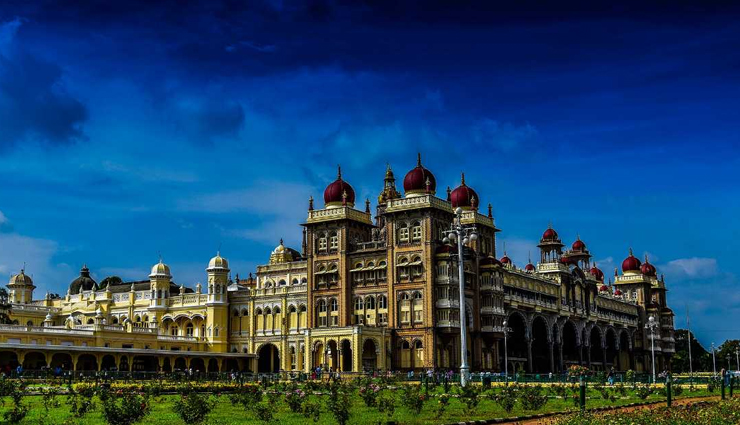
Many dynasties, empires, kingdoms, and governments have called India home and used it as a battleground. They all left their imprint on the country. The relics of those times, such as old historical monuments, remind us of our culture’s history and the people who influenced it. To gain a better understanding of these events and our Bharat, you should visit or revisit the 6 most famous Indian monuments in India listed below.

# India Gate
India Gate is a 42-meter-high war memorial dedicated to the British Indian Army soldiers who died during World War I. Beautiful lawns surround the monument, and the fountains feature a spectacular light show. Every year on Republic Day, there is a parade, so you should go.
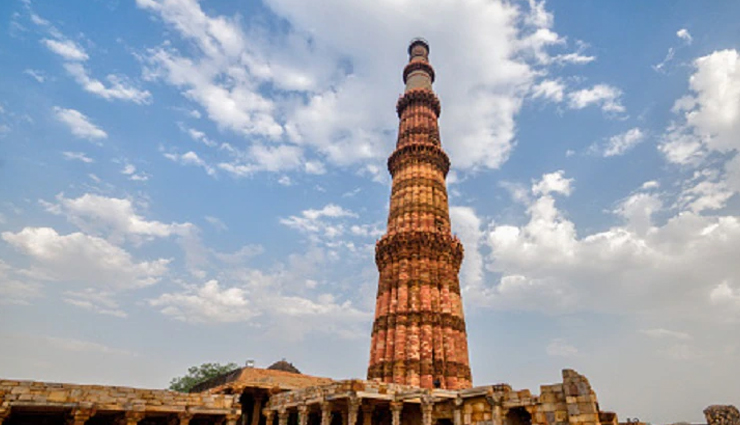
# Qutub Minar
The Qutub Minar was constructed to commemorate the founding of the first Muslim kingdom in northern India. It stands at an incredible height of 240 feet, but the most fascinating aspect of one of the most famous Indian monuments is that it has an iron pillar that has not rusted in over 2,000 years. The best time to visit is during the Qutub Minar festival in October or November. Don’t forget to stay for the evening light show.
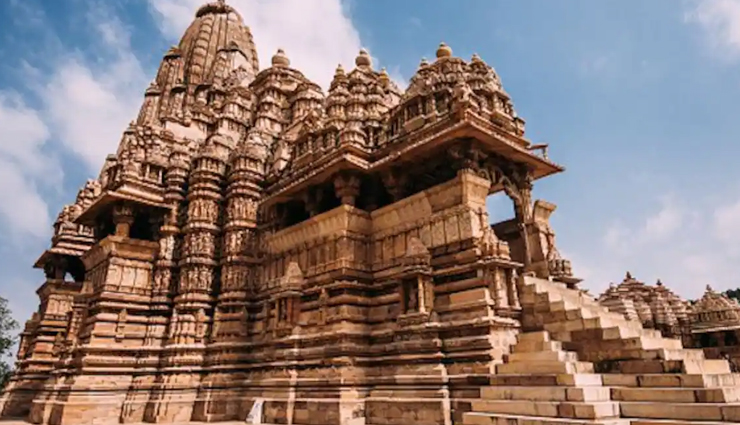
# Khajuraho Temples
The Khajuraho Group of Monuments, another popular World Heritage Site in India, is one of Madhya Pradesh’s most popular tourist destinations. There are more than 20 temples dedicated to erotica, love, and worship, all of which are architectural marvels with intricate carvings. The Chandela rulers built these magnificent medieval monuments between AD 900 and 1130. They are divided into two groups: the Eastern and Western Groups, which include Hindu and Jain temples. Some of the popular temples here include Lakshman temple, Chitragupta temple, Kandariya Mahadev temple, Vishwanath temple, Devi Jagadambi temple, Duladeo temple, Parsvanath Temple, Adinath Temple, Javari Temple, and Varaha temple, among others.
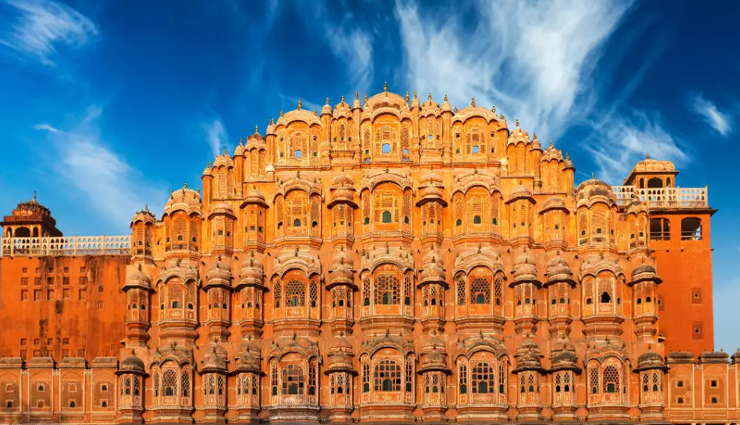
# Hawa Mahal
Hawa Mahal, one of the most famous Indian monuments in Jaipur, is a stunning 5-story structure commissioned by Maharaja Sawai Pratap Singh of the Kachhwaha Rajput dynasty in 1799. It is known for its honeycomb-like structure with 953 small jharokhas/windows complex latticework through which the royal ladies could observe daily life on the street below without being seen. Lal Chand Ustad designed it in the shape of Lord Krishna’s crown because the commission ruler was a devout follower of the Lord. The Hawa Mahal’s entrance is on the backside, leading to a large courtyard surrounded on three sides by two-story structures.
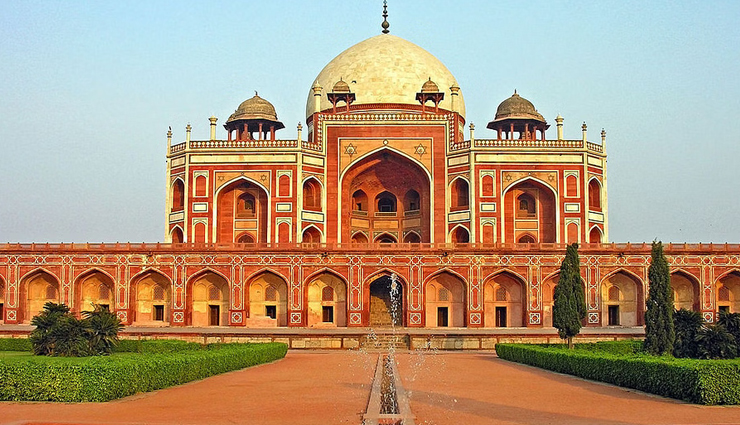
# Humayun Tomb
The tomb of Emperor Humayun was built in 1569-70 by Emperor Akbar, son of Emperor Humayun, and designed by Mirak Mirza Ghiyas, a Persian architect. This UNESCO World Heritage Site is the first garden-tomb on the Indian subcontinent. This mausoleum, which combines Persian and Indian architectural styles, has lovely water channels and pathways. During the first war of independence in 1857, Emperor Bahadur Shah Zafar sought refuge here with three princes. There are several other structures in the Humayun tomb complex, including Isa Kha’s tomb and mosque, Afsarwala Tomb and Mosque, Bu Halima’s Tomb and Garden, Nila Gumbad, Araba Sarai, Barber’s tomb, and Chillah Nizamuddin Aulia.

# Taj Mahal
Taj Mahal, a UNESCO World Heritage Site and one of the Seven Wonders of the World, stands like a dream on the southern banks of the River Yamuna in Agra. In memory of his beloved wife Mumtaz Mahal, Mughal Emperor Shah Jahan commissioned this white marble mausoleum in 1632. This monument took 22 years to construct making it one of the top 10 most famous Indian monuments. Calligraphy, latticework, precious and semi-precious stones adorn the mausoleum, which is a hybrid of Persian and Mughal architecture.





